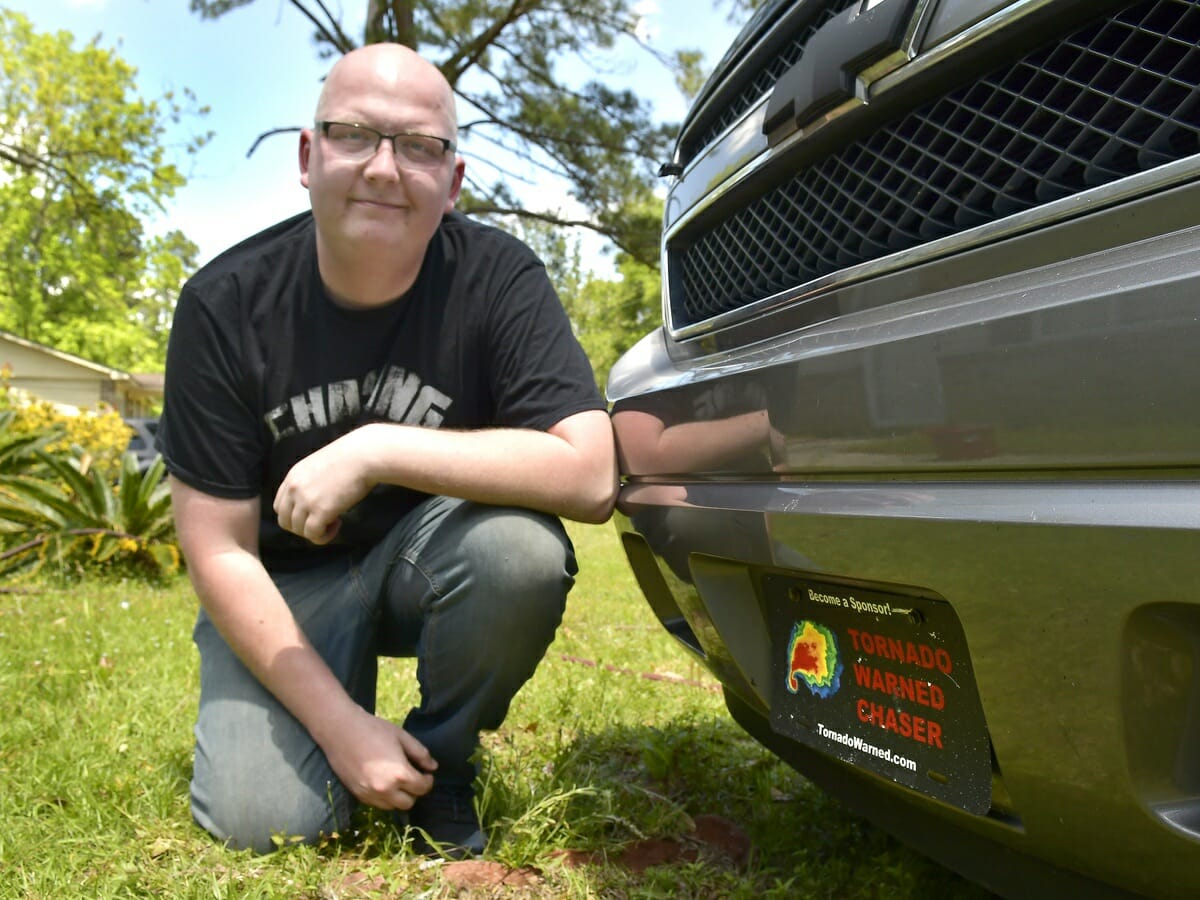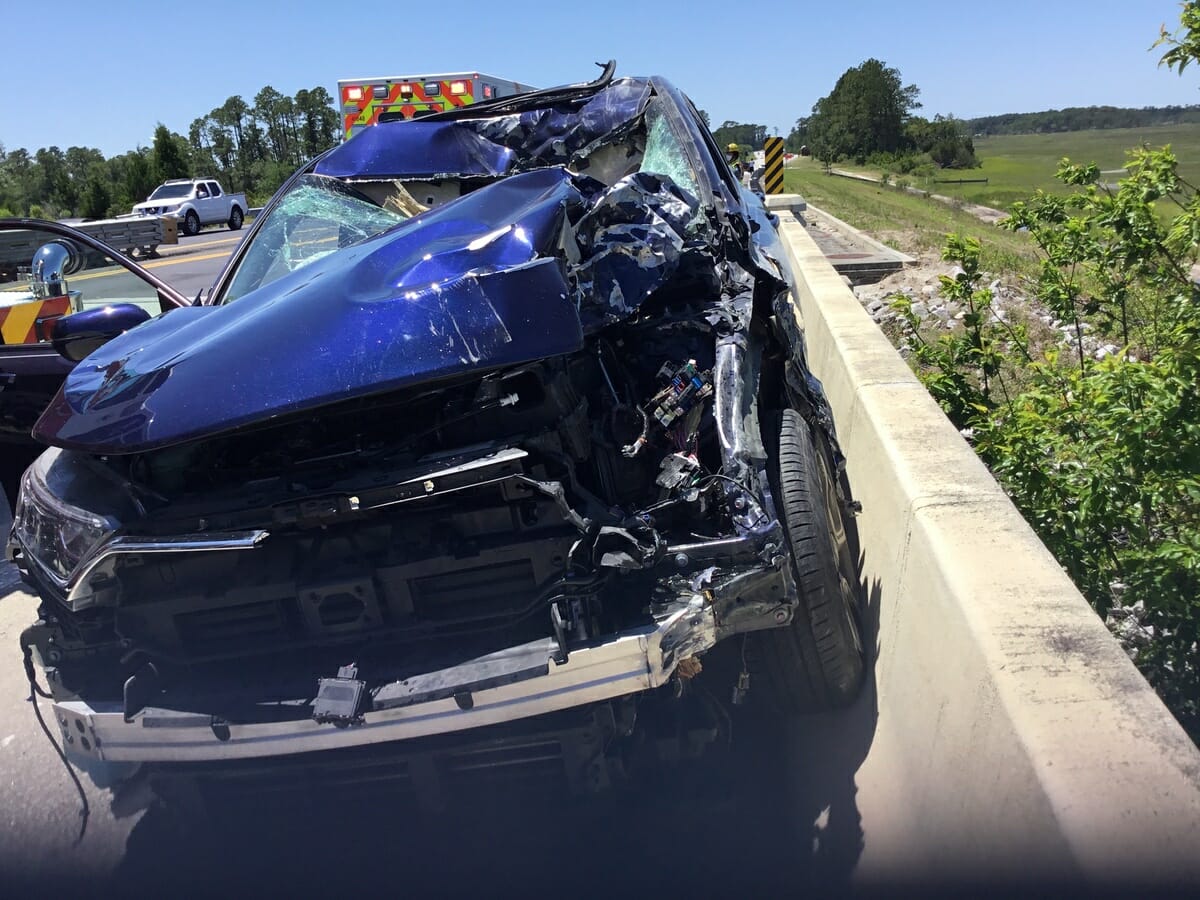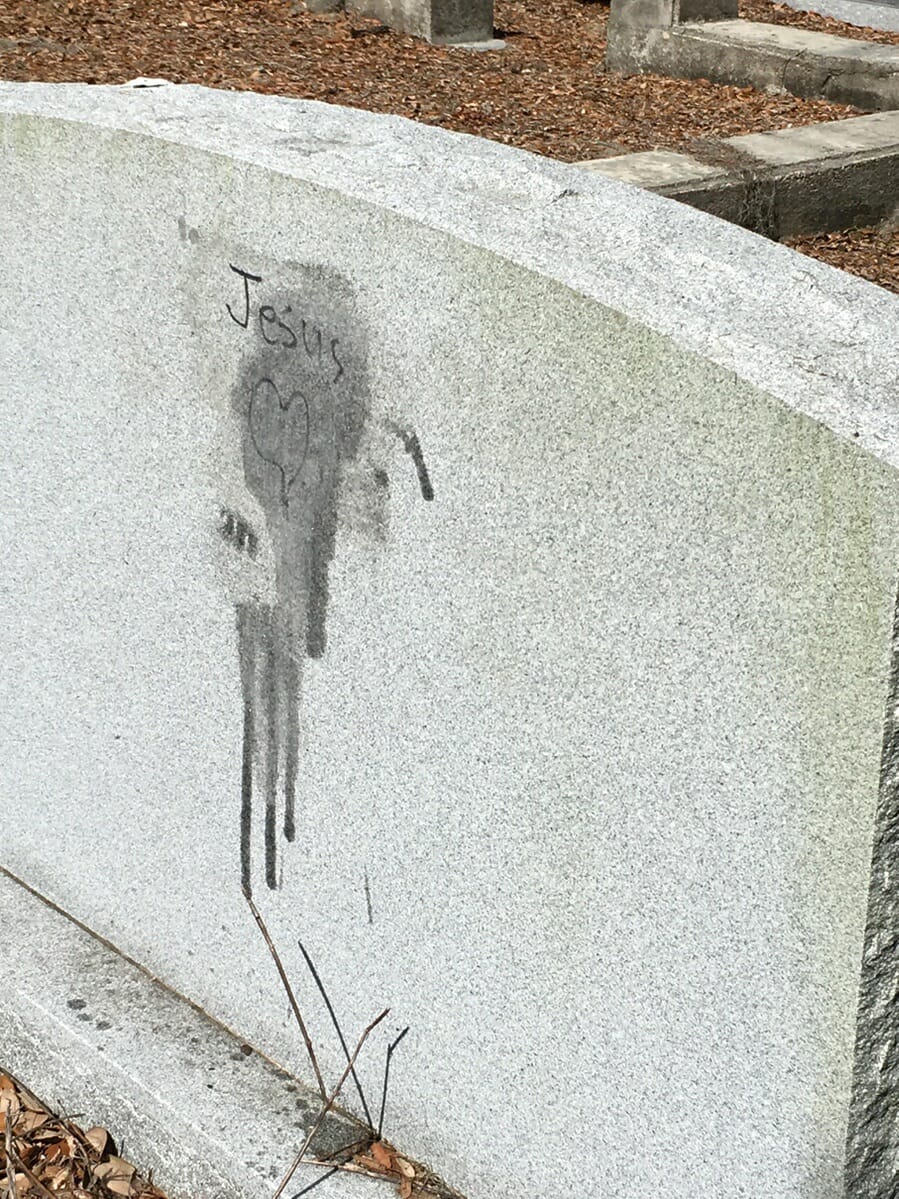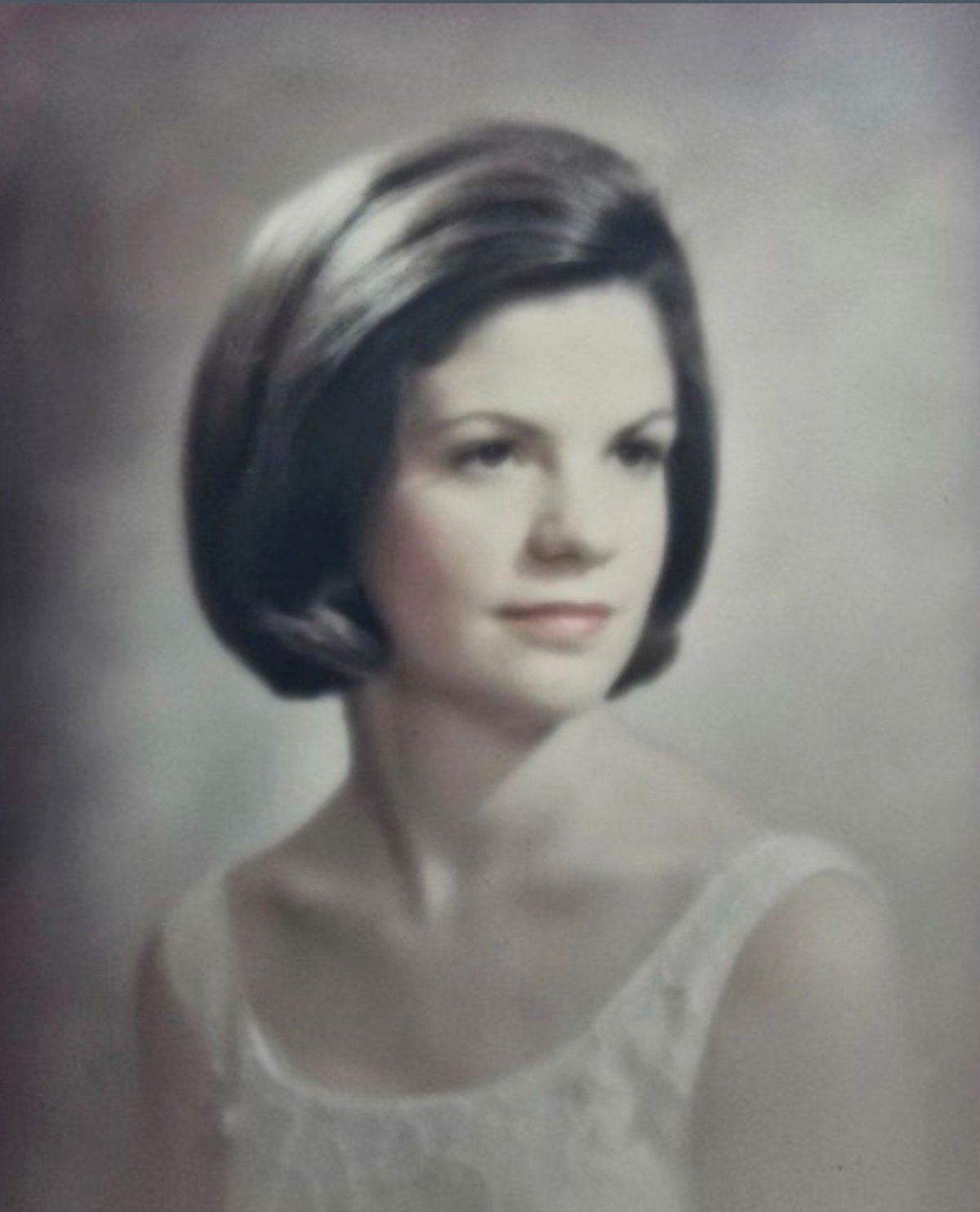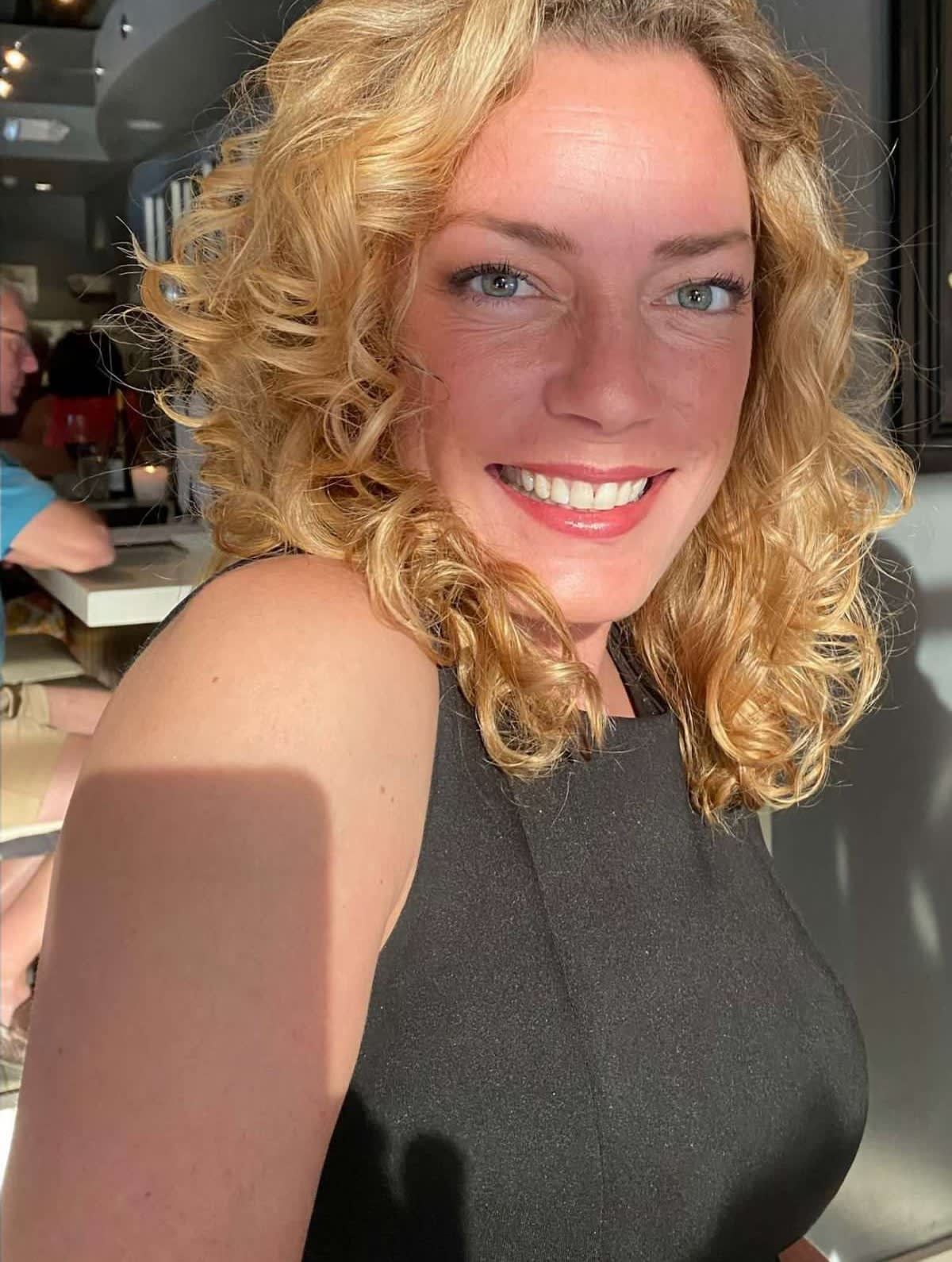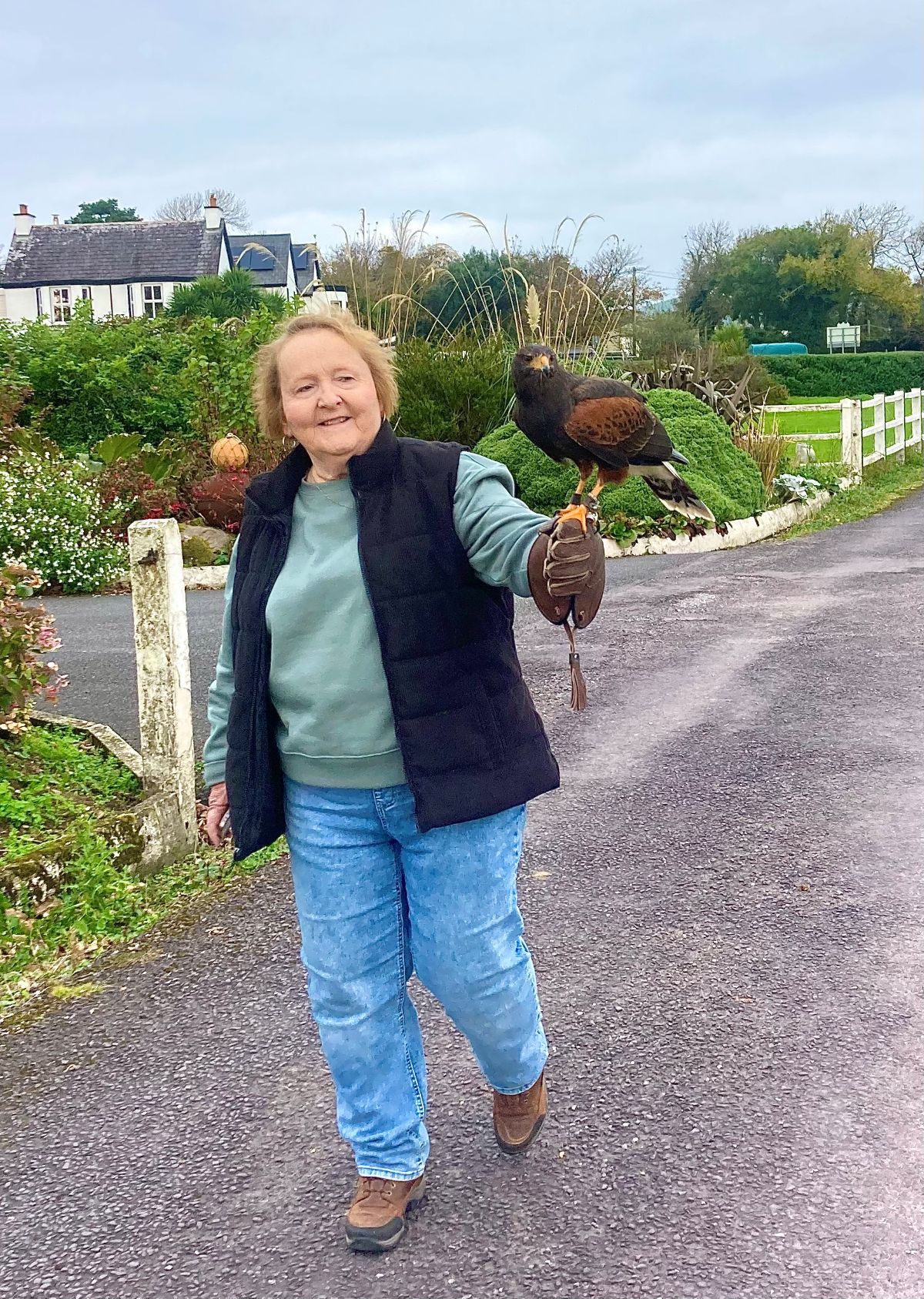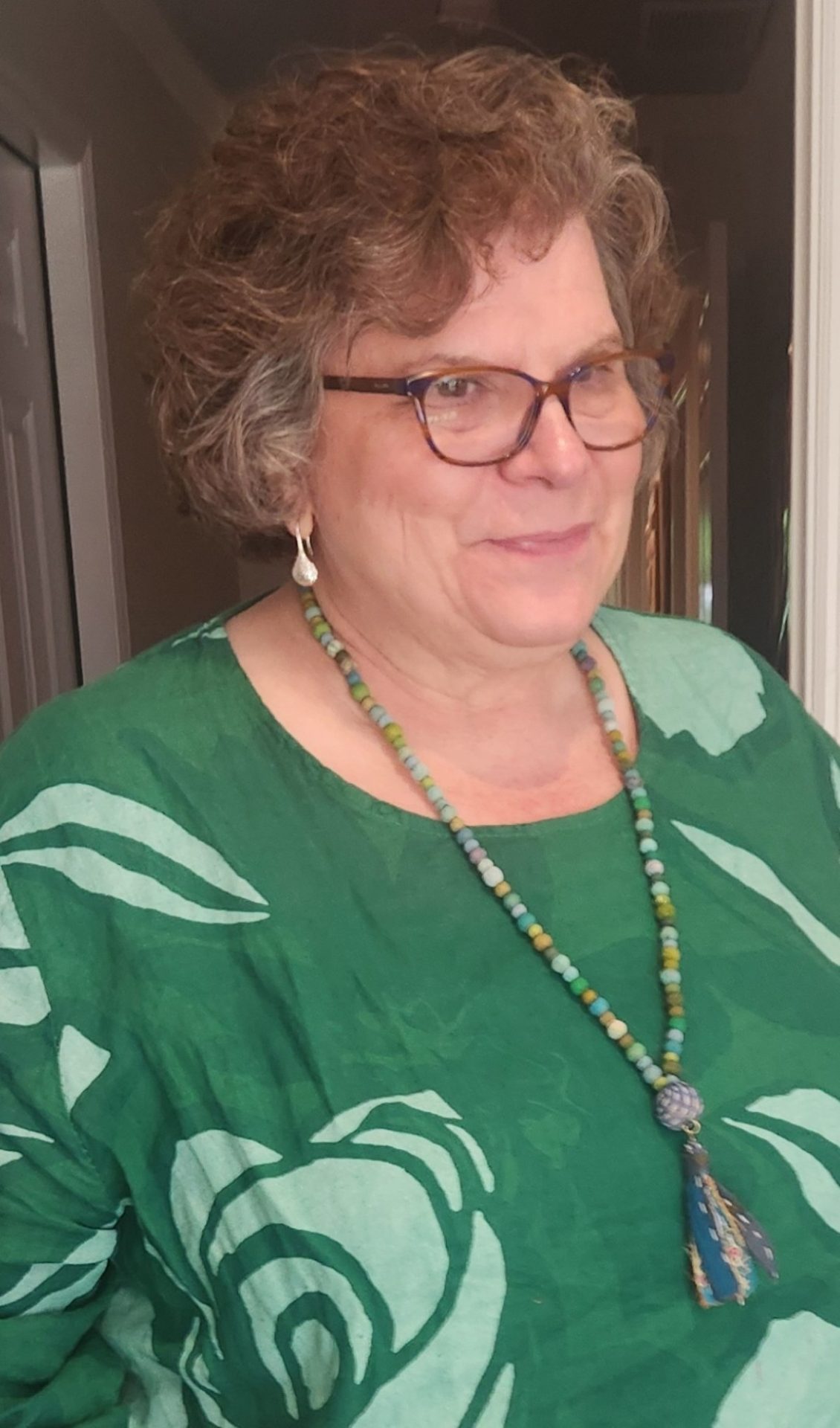By Mike McCombs
Photos by Bob Sofaly
In mid-April, when a group of deadly storms cut a swath across South Carolina, killing nine and wreaking havoc in Hampton and Colleton counties along the way, Port Royal’s Benjamin McHone had a front row seat to the preview.
In Mississippi.
A part-time firefighter on Fripp Island, McHone is also a storm chaser.
“About a week out, you can get a relatively accurate forecast using models, so we were forecasting a significant severe weather outbreak – the Louisiana, Mississippi, Alabama, Georgia, South Carolina path,” McHone said. “We knew prominent daytime tornadoes would be in Mississippi, and our target, my target was Tupelo. But we ended up making it down south where the F4 tornado was.”
McHone encountered the storm where the damage path was 2¼ miles across, reportedly the third widest in U.S. history.
Starting young
McHone, 24, grew up in Boston and moved to the Middle East with his mother, an English teacher and principal in Abu Dhabi. He moved back to Beaufort at 17 with his former girlfriend.
It was here that McHone got serious about storm chasing.
“When I was a kid, I was always interested in science,” he said. “I watched storm chasers on Discovery, I watched YouTube videos.”
McHone joined the City of Beaufort Fire Department, employment with a fair amount of downtime, as well.
“I found myself with the time to study severe weather and the forecasting aspect of it,” McHone said.
In 2017, he took first trip out west, basing out of Oklahoma City. He traveled wherever the severe weather was and helped out around there.
“Some people are forecasters, some are damage surveyors,” McHone said. “I’d like to think of myself as a beginner jack-of-all-trades. I’m learning every single day.”
An abstract job
 Much like in his job as a firefighter, McHone finds himself doing the opposite of everyone else when the danger is highest. In this case, he’s running toward the storm.
Much like in his job as a firefighter, McHone finds himself doing the opposite of everyone else when the danger is highest. In this case, he’s running toward the storm.
What he does when he gets there isn’t always set in stone, though. Part of his job is simply to be a watchdog.
“When we go out into the field, we come up on a state trooper, if there’s a tornado, we’re going to let him know where it is,” McHone said. “If there’s public hanging around, we’re going to let them know to get inside. We make social media posts so that we can reach a significantly higher number of people.”
McHone will also be in touch with the National Weather Service.
“We give them information on what’s happening on the ground, things they can’t confirm with radar.”
If McHone chases with other people, he is usually designated as the medical car. A trained EMT, McHone carries a lot of medical equipment with him.
“If we come up on tornado damage or anybody that’s hurt, obviously, at that point, the chase is completely done,” McHone said. “We’re going to give up on the tornado and assist with the damage and search and rescue.”
Partners in crime
McHone’s company is called Tornado Warned. It consists of McHone and his father Michael McHone.
When Benjamin is certain they’re going somewhere, he informs Michael McHone, who makes the drive down from Cape Cod.
McHone often partners with a group called Tornado Intercept, which has four to five members. He met. the owner, Stephen Jones in 2017 at a gas station in Kansas. Jones is also from the Beaufort area.
Lastly, McHone also hooks up with Tim Walsh of the Bluffton Township Fire District. McHone and Jones first worked together last year near Okemah, Okla.
Walsh is intently working on “nowcasting” (radar imagery, surface observations, satellite data, assisting with navagation). He was with McHone for the recent Mississippi tornado.
McHone, whose company can be found on Facebook under the name tornadowarned, said he would like to expand his company further, beyond just himself and his father, and hopefully, he would like to make it out west, maybe the Oklahoma area.
He would, however, also like his organization to move into a nonprofit disaster response role, to accompany chasing tornadoes, blizzards, earthquakes, hurricanes, etc.
“If it’s a natural disaster, we would be there to assist with food, water, clothing, necessities,” he said.
The nitty gritty
McHone and crew want to be as close as they can get to the storm, within a mile preferably. There they will focus on getting any footage or data they collect, particularly on how the tornado starts, to the National Weather Service, the NOAA, any organization that is science oriented.
“Everyone is looking more in depth into tornado genesis because it’s not well understood,” McHone said.
And here is where the money comes from – brokering out the footage to news channels.
“Most people find a broker, one that specializes in weather, and upload the footage, see if networks want it,” McHone said. “Then they can license out the video to multiple news sources at one time.”
Rubber on the road
When people find out he’s a storm chaser, for many of them, their only frame of reference is the movie “Twister.”
McHone points out, though, that there’s at least one point where “Twister” fails badly.
“One thing that Twister doesn’t portray as well, a lot of times before they get tornadoes, they’re just sitting in a field. And tornadoes just happen to form where they’re sitting at.
“But a lot of times, even if you’re in the right area, you’re going to have to drive 100 miles to go and catch up to something,” McHone said.
McHone, who just bought a new used 2007 Chevy Suburban to take the place of his old Ford F-250 diesel crew cab, firmly believes the most dangerous part about storm chasing is the driving.
“I just bought this vehicle a month and a half ago, and I already put more than 10,000 miles on it,” said McHone, who may have to total out his vehicle for hail damage.
Hail is the wild card weather event most people don’t think about.
“You’re dealing with serious hail, hail sizes of a baseball and greater,” McHone said. “There is also the potential there you’ll have to finish a chase with no windshield or missing side windows.”
And don’t forget, the tornado is still a factor.
“After you get over driving for 30 hours, driving around all over the place, which is incredibly stressful, the tornado can change direction, and now you’re worried about your positioning.”
How it feels
McHone admits that this can be a dangerous job. He also admits on some level, the people that do this enjoy the danger. It’s why they come back.
He said it’s like 10 minutes of pure adrenaline when a large tornado is heading toward you.
“It’s audible,” McHone said. “You can hear and feel it completely sucking trees out of the ground. (You’re) feeling the air. Maybe those that were with me, the only way that we can describe the feeling as death.”
Above: One of five Go-Pro cameras attached to Benjamin McHone’s Chevrolet Suburban in which he chases storms. Main photo: Storm chaser Benjamin McHone of Port Royal said he will be leaving soon to go to the midwest and chase more tornadoes. Photos by Bob Sofaly.


